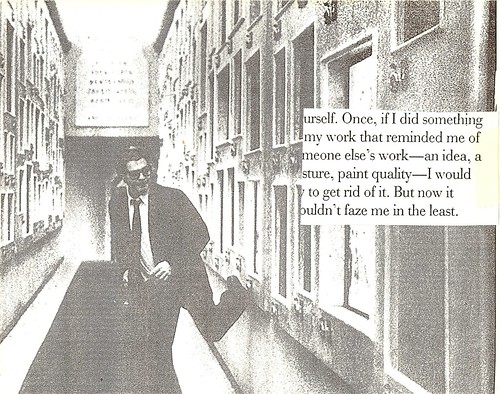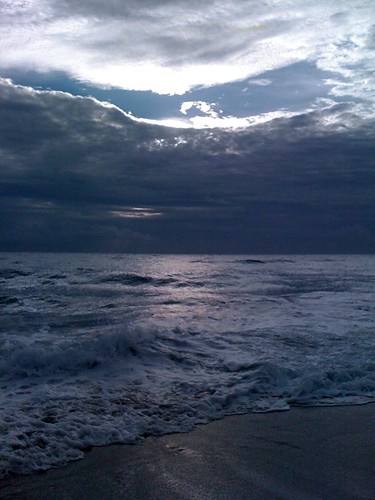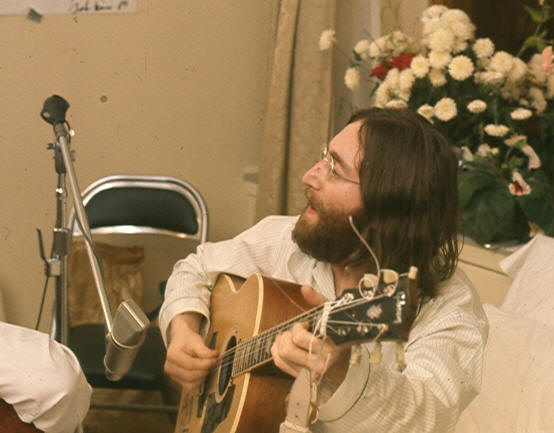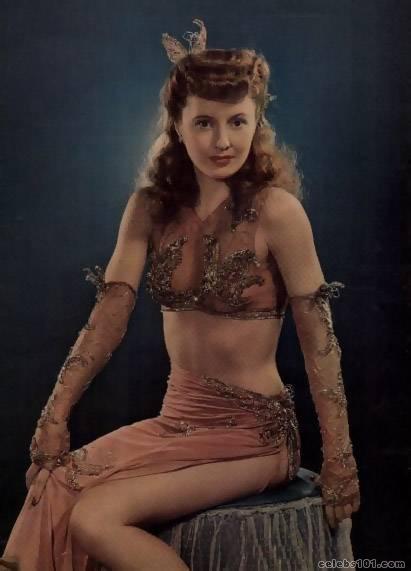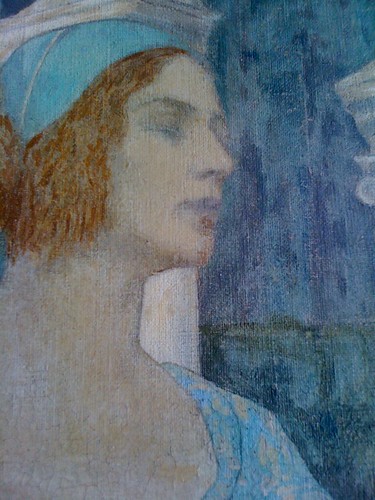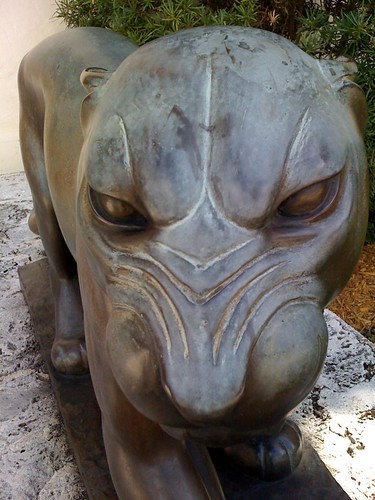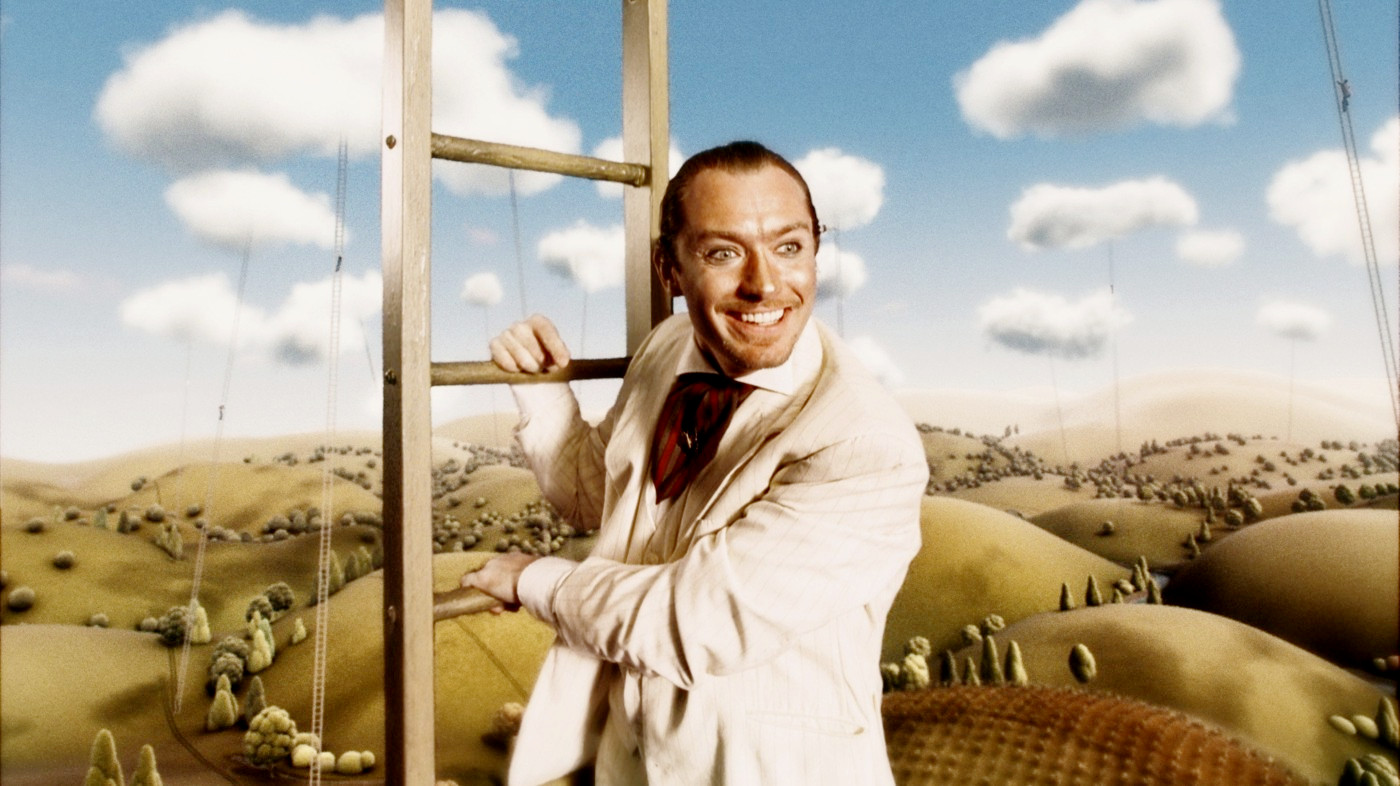It is midwinter and the robin, friend of man, sits on the handle of the gardener's spade and sings. It is the worst time in all the year for wolves, but this strong-minded child insists she will go off through the wood. She is quite sure that wild beast cannot harm her although, well warned, she lays a carving knife in the basket her mother has packed with cheeses.I took out the Annotated Grimm's Fairy Tales from the library recently, which made me go back and revisit Angela Carter's The Bloody Chamber, one of my all-time favorite modern takes on fairy tales, which then led me to watch The Company of Wolves film, from 1984. Angela Carter worked with director Neil Jordan on the script. It was loosely based on her story of the same name from The Bloody Chamber. Carter's feminist fairy tales are full of sexual imagery and violence. She had definitely studied her unexpurgated Grimms
Children do not stay young for long in this savage country. There are no toys for them to play with, so they work hard and grow wise, but this one, so pretty and the youngest of her family, a little latecomer, had been indulged by her mother and the grandmother who'd knitted the red shawl that, today has the ominous if brilliant look of blood on snow. Her breasts have just begun to swell, her hair is like lint, so fair it hardly makes a shadow on her pale forehead; her cheeks are an emblematic scarlet and white and she has just started her woman's bleeding, the clock inside her that will strike, henceforth, once a month.I remember seeing the film when it first came out. Before I watched the DVD, I didn't really remember anything about it except the scene where Red meets the Wolf in the forest, the best scene in the film. It was definitely worth a re-watch. But it's hard, in today's age of special effects ( i.e. state-of-the-art animation) to look at the state-of-the-80s werewolf transformation scenes. They take so looonnngg. They must have pretty amazing for 1984, but as I said, I honestly don't remember them at all. Maybe I blocked them out, as no movie werewolf make-up could compare with An American Werewolf in London, which came out in 1981. This film's creature scenes was clearly trying to compete with that and not quite succeeding.
The forest is closed upon her like a pair of jaws. ... When she heard the freezing howl of a distant wolf, her practiced hand sprang to the handle of the knife, but she saw no sign of a wolf at all, nor of a naked man, neither, but then she heard a clattering among the brushwood and there sprang onto the path a fully clothed one, a very handsome one, in the green coat and wide-awake hat of a hunter, laden with the caresses of game birds. She had her hand on the knife at the first rustle of twigs, but he laughed with a flash of white teeth when he saw her and mad her a comic yet flattering little bow; she'd never seen such a fine fellow before, not among the rustic clowns of her native village. So on they went together, through the thickening light of the afternoon.Take away the now corny werewolf effects and what's left is still pretty interesting. The set design is wonderful. It has a creepy, yet magical fairy tale vibe. The movie is constructed as a surreal dreamscape. It's open-ended, with one storyteller folding their tale into another. This helps to give the sense of how all versions of the Red Riding Hood saga are valid and have changed and grown over the years, with each teller of the tale.
Soon they were laughing and joking like old friends. When he offered to carry her basket, she gave it to him although her knife was in it because he told her his rifle would protect them. As the day darkened, it began to snow again; she felt the first flakes settle on her dark eyelashes, but now there was only half a mile to go and there would be fire, and hot tea, and a welcome, a warm one, surely, for this dashing huntsman as well as herself.It also touches on the rites of passage of a young girl and the symbolic sexual imagery that is embedded in fairy tales. It's pretty to look at and also intellectual, something that movies don't seem to do so much these days. Compare it to the recent Alice in Wonderland, which is of course, much more technically-savvy, also with a young female heroine. But Tim Burton's Alice, although independent at the end of the movie, doesn't seem to have the drive and determination of The Company of Wolves's Rosaleen. Although a marriage is bartered at the beginning of Alice in Wonderland there is no sexual tension or sex issues at all. But there usually aren't in Burton's movies. It's all surface.
This huntsman had a remarkable object in his pocket. It was a compass. She looked at the little round glass face in the palm of his hand and watched the wavering needle with a vague wonder. He assured her this compass had taken him safely through the wood on his hunting trip because the needle always told him with perfect accuracy where north was. She did not believe it; she knew she should never leave the path on the way through the wood or else she would be lost instantly. He laughed at her again; gleaming trails of spittle clung to his teeth. He said if he plunged off the path into the forest that surrounded them, he could guarantee to arrive at her grandmother's house a good quarter of an hour before she did, plotting his way through the undergrowth with his compass while she trudged the long way, along the winding path.I wouldn't say that The Company of Wolves can truly compare to its source, but it is an interesting visual collection of tales. It reminded me a lot of a sixties film, Spirits of the Dead, a trio of short films, the best one directed by Federico Fellini, Toby Dammit, or Never Bet the Devil Your Head, starring Terence Stamp. Stamp shows up here, this time as The Devil himself. There was something free and improvisational, yet also artistic about Spirits of the Dead and its directors' takes on tales by Edgar Allan Poe. A relaxed spirit which seems absent from so many current films. It can't just be the money involved. Hollywood was just as focused on the dollar back then.
I don't believe you. Besides, aren't you afraid of the wolves?
He only tapped the gleaming butt of his rifle and grinned.
Is it a bet? he asked her. Shall we make a game of it? What will you give me if I get to your grandmother's house before you?
What would you like? she asked disingenuously.
A kiss.
Commonplace of a rustic seduction; she lowered her eyes and blushed.
He went through the undergrowth and took her basket with him, but she forgot to be afraid of the beasts, although now the moon was rising, for she wanted to dawdle on her way to make sure the handsome gentleman would win his wager.
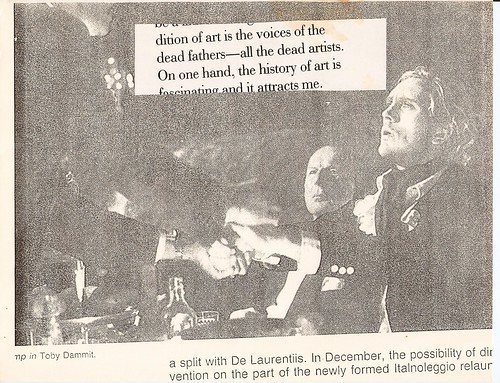
That same openness in Spirits of the Dead is also present in The Company of Wolves. While watching I thought at first, too bad it wasn't made today, as they would have done a much better job with the werewolves, but then I realized that the whole claustrophobic yet wonderful make-believe woods would never have happened today. And I shudder to think what the planned latest version of the tale will be like.
"The visual design was an integral part of the script. It was written and imagined with a heightened sense of reality in mind."—Neil Jordan, WikipediaThe slightly confusing story-within-a dream-within-a-story construct is open-ended enough to let the audience try to figure things out. So, I will watch it for what it is, a 26 year-old movie, with some great parts and some not-great parts. And urge everyone to read the original story.

Who has come to sing us carols? she said.
Those are the voices of my brothers, darling; I love the company of wolves. Look out the windows and you will see them.
Snow half-caked the lattice and she opened it to look into the garden. It was a white night of moon and snow; the blizzard whirled round the gaunt, gray beasts who squatted on their haunches among the rows of winter cabbage, pointing their sharp snouts to the moon and howling as if their hearts would break. Ten wolves; twenty wolves - so many wolves she could not count them, howling in concert as if demented or deranged. Their eyes reflected light from the kitchen and shone like a hundred candles.
It is very cold, poor things, she said; no wonder they howl so.
She closed the window on the wolves' threnody and took off her scarlet shawl, the color of poppies, the color of sacrifices, the color of her menses, and since her fear did her no good, she ceased to be afraid.
What shall I do with my shawl?
Throw it in the fire, dear one. You won't need it again.
She bundled up her shawl and threw it in the blaze, which instantly consumed it. Then she drew her blouse over her head; her small breasts gleamed as if the snow had taken over the room.
What shall I do with my blouse?
Into the fire with it, too, my pet.
The thin muslin went flaring up the chimney like a magic bird and now off came her skirt, her woolen stockings, her shoes, and they onto the fire they went, too, and were gone for good. The firelight shone through the edges of her skin; now she was clothed only in her untouched integument of flesh. Thus dazzling, naked, she combed out her hair with her fingers; her hair looked white as the snow outside. Then went directly to the man with red eyes in whose unkempt mane the lice moved; she stood up on tiptoe and unbuttoned the collar of his shirt.
What big arms you have.
All the better to hug you with.
Every wolf in the world now howled a prothalamion outside the window as she freely gave him the kiss she owed him.
What big teeth you have!
She saw how his jaw began to slaver and the room was full of the clamour of the forest's Liebestod, but the wise child never flinched, even when he answered:
All the better to eat you with.
The girl burst out laughing; she knew she was nobody's meat. She laughed at him full in the face, ripped off his shirt for him and flung it into the fire, in the fiery wake of her own discarded clothing.
Midnight, the clock strikes. It is Christmas Day, the werewolves' birthday; the door of the solstice stands wide open; let them all sink through.
See! Sweet and sound she sleeps in granny's bed, between the paws of the tender wolf.
Excerpts from The Company of Wolves by Angela Carter













